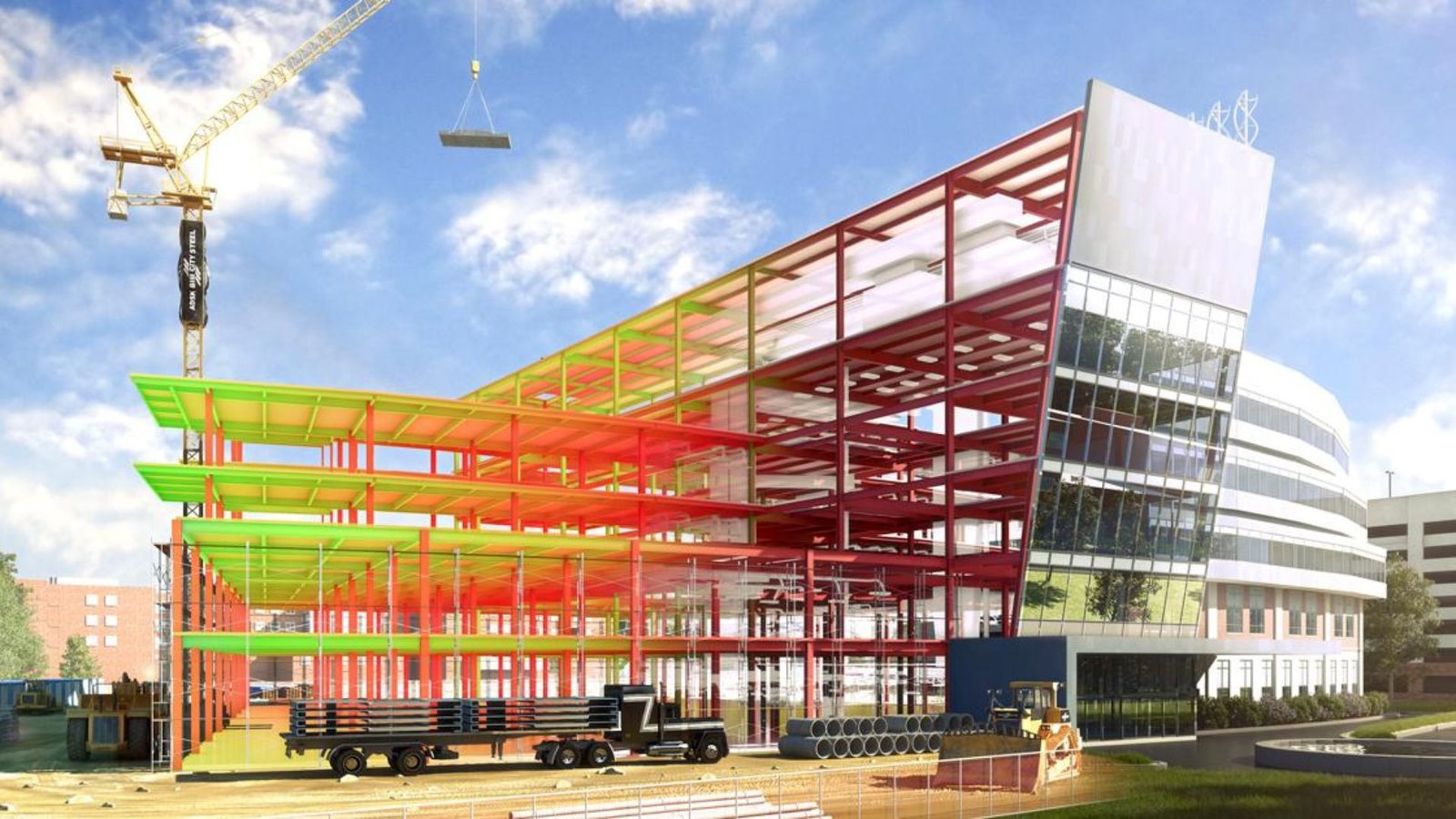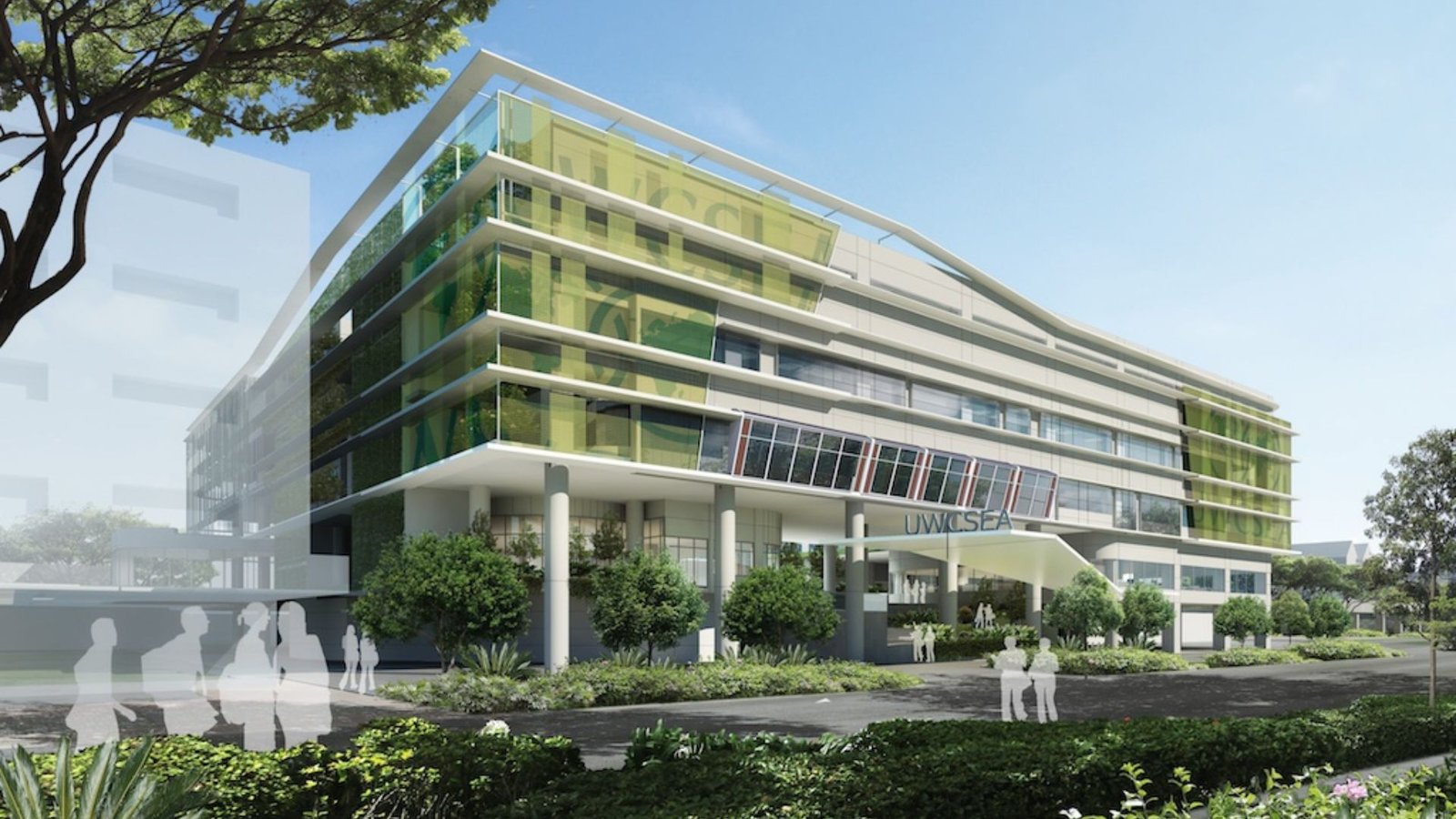Tips for Designing Energy-Efficient Architecture
Creating energy-efficient architecture is vital for reducing environmental impact and operational costs while enhancing occupant comfort. By integrating sustainable design principles and innovative technologies, architects can significantly improve building performance and contribute to a greener future. Here’s how to effectively design energy-efficient architecture.
1. Passive Solar Design
Implement passive solar design strategies such as orientation, shading, and thermal mass to maximize natural light and heat gain while minimizing heat loss.

2. Efficient Building Envelope
Design a well-insulated building envelope with high-performance windows, doors, and insulation materials to reduce heat transfer and improve thermal comfort.
3. Natural Ventilation
Incorporate natural ventilation strategies with operable windows, cross-ventilation, and building orientation to enhance indoor air quality and reduce reliance on mechanical systems.
4. Energy-Efficient Lighting
Utilize LED lighting fixtures, daylighting controls, and occupancy sensors to optimize lighting levels and minimize energy consumption for artificial lighting.
5. High-Efficiency HVAC Systems
Specify energy-efficient HVAC systems with variable speed drives, heat recovery ventilation, and programmable thermostats to reduce heating and cooling loads.
6. Renewable Energy Integration
Integrate renewable energy sources such as solar panels, wind turbines, or geothermal systems to generate onsite energy and offset building energy consumption.
7. Water Conservation Measures
Incorporate water-saving fixtures, rainwater harvesting systems, and efficient irrigation techniques to reduce water consumption and support sustainable building practices.
8. Passive Cooling Techniques
Employ passive cooling techniques such as natural ventilation, shading devices, and cool roofs to minimize the need for mechanical cooling and enhance comfort in warm climates.
9. Energy-Efficient Appliances and Equipment
Specify ENERGY STAR-rated appliances and energy-efficient equipment throughout the building to lower electricity consumption and operational costs.
10. Smart Building Technologies
Integrate smart building technologies like building automation systems (BAS) and energy management systems (EMS) to monitor energy usage, optimize performance, and identify inefficiencies.
11. Life Cycle Assessment
Conduct life cycle assessments (LCAs) to evaluate the environmental impact of materials and construction practices, selecting sustainable options with low embodied energy.
12. Passive House Principles
Adopt Passive House principles such as airtight construction, heat recovery ventilation, and rigorous energy modeling to achieve ultra-low energy consumption and superior indoor comfort.
13. Green Roofs and Living Walls
Install green roofs or living walls to improve insulation, reduce urban heat island effect, enhance biodiversity, and mitigate stormwater runoff.
14. Thermal Comfort Strategies
Design for thermal comfort with proper shading, natural ventilation paths, and thermal mass to maintain stable indoor temperatures and reduce energy demand.
15. Occupant Behavior and Education
Educate building occupants about energy-saving practices, encourage behavior changes, and promote sustainability initiatives to maximize energy efficiency.
16. Passive Daylighting Strategies
Optimize daylighting through building orientation, light shelves, reflective surfaces, and interior layout adjustments to reduce reliance on artificial lighting.
17. Building Energy Modeling
Utilize building energy modeling software to simulate energy performance, optimize design decisions, and predict energy savings before construction begins.
18. Sustainable Materials Selection
Choose sustainable materials with low embodied energy, recycled content, and certifications such as LEED or Green Globes to minimize environmental impact throughout the building’s lifecycle.
19. Continuous Monitoring and Optimization
Implement ongoing monitoring and commissioning processes to identify energy inefficiencies, adjust systems, and maintain optimal building performance over time.
20. Collaboration and Innovation
Collaborate with engineers, designers, and stakeholders to innovate and implement cutting-edge energy-efficient solutions tailored to specific project goals and environmental conditions.
Conclusion
Designing energy-efficient architecture is essential for reducing carbon footprint, improving building performance, and enhancing occupant comfort and well-being. By integrating passive design strategies, energy-efficient technologies, renewable energy sources, and sustainable practices, architects can create buildings that not only meet current energy standards but also pave the way for a more sustainable future.



